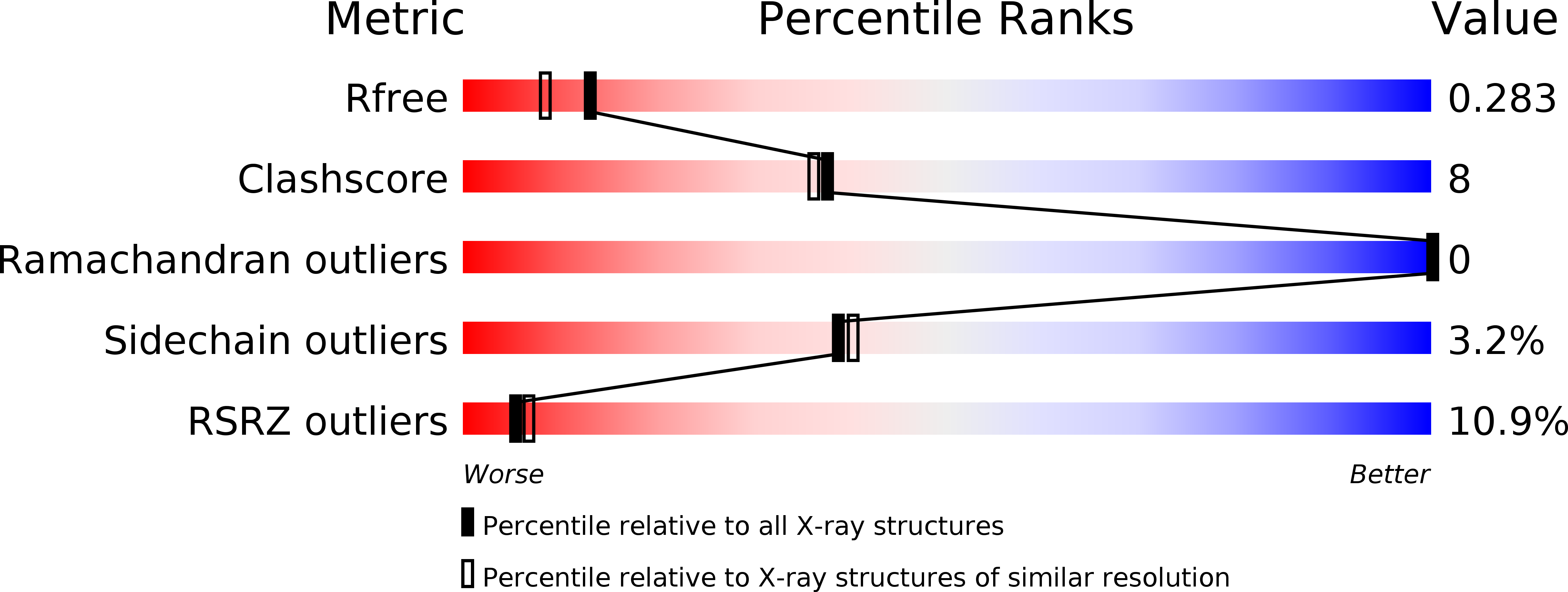
Deposition Date
2012-10-30
Release Date
2013-04-10
Last Version Date
2024-11-13
Method Details:
Experimental Method:
Resolution:
2.08 Å
R-Value Free:
0.27
R-Value Work:
0.23
R-Value Observed:
0.23
Space Group:
P 21 21 2


